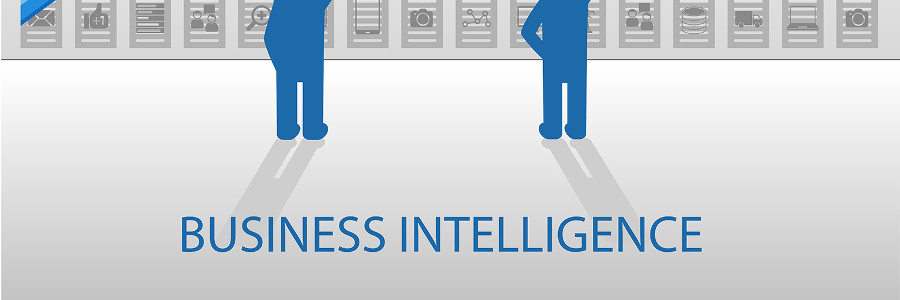 Most of us don’t normally associate Business Intelligence (BI) with small- or medium-sized businesses; the large investment that has traditionally been required to hire specialist data-delving experts makes us think it’s the preserve of larger organizations. But no longer is that the case – not only does a growing selection of self-service tools put BI within reach of smaller companies, but you probably create and hold more data than you realize, which makes it easier to get going. Dispel these false beliefs about BI and get started harnessing the data that will make it easier for your small business to make more strategic decisions.
Most of us don’t normally associate Business Intelligence (BI) with small- or medium-sized businesses; the large investment that has traditionally been required to hire specialist data-delving experts makes us think it’s the preserve of larger organizations. But no longer is that the case – not only does a growing selection of self-service tools put BI within reach of smaller companies, but you probably create and hold more data than you realize, which makes it easier to get going. Dispel these false beliefs about BI and get started harnessing the data that will make it easier for your small business to make more strategic decisions.
You’ve already got the data you need
It’s easy to underestimate the amount of data your small- or medium-sized business already has at its disposal. In every area of your business from finance and sales to customer relations and website management, the software packages you use to simplify your everyday operations are packed with reams of information that most of us don’t even think twice about. By talking to key stakeholders in your organization’s various departments, you can get an idea for the kind of data you already have, how it’s generated, and where it’s stored. You’re then in a good place to begin thinking about using BI tools to transform that information into meaningful business insights that inform key decision-making – all while reducing the resources you need to invest in time-consuming data generation from scratch.
Self-service BI tools are plentiful – and affordable
The real beauty of the emergence of self-service BI is that it puts useful business analytics within reach of smaller business owners who lack the fancy-pants budgets of larger corporations. In fact, there are numerous self-service BI tools that you can use to get started in this area without even spending a dime. Microsoft Power BI is a powerful application that’s pleasingly user-friendly, and most businesses will find the functions they need in the free version. Zoho Reports has a low entry-level cost, too, and the slightly pricier yet still affordable Tableau is another option that’s worth exploring.
It’s easy to get started
BI is an intimidating term, and just the thought of delving into it can send a shiver down the spine of the average business owner. But by taking small steps, it’s easy to get started – and before you know it you’ll have the benefit of real-intelligence-based business insights that enable you to make better decisions for your organization’s long-term success. Most self-service BI tools come with built-in suggestions for reports that businesses commonly run and find useful. Other worthwhile statistics to explore include the percentage of your clients who cancel within a set period; website landing pages that generate the longest visits; your most profitable individual products or services; the days or months in which you generate your highest revenues; and which of your clients brings in the most revenue and profit.
Truly harnessing data is the future of the business world – it’s how companies like yours can make smarter decisions that increase efficiency and profitability. And self-service tools mean smaller organizations no longer need a crazy budget to be able to afford the benefits of BI in the first place. To find out more about putting in place the tools that can help make your business more intelligent, just give us a call.



 Implementing Business Intelligence (BI) software and other tools can help your company grown by leaps and bounds. However, it has to be planned for with the proper level of diligence and care to truly be beneficial to your business. Haphazardly installing BI software can result in an expensive misstep that sees you fall behind the competition. But with well executed BI planning and implementation, your company can grow in ways never imagined.
Implementing Business Intelligence (BI) software and other tools can help your company grown by leaps and bounds. However, it has to be planned for with the proper level of diligence and care to truly be beneficial to your business. Haphazardly installing BI software can result in an expensive misstep that sees you fall behind the competition. But with well executed BI planning and implementation, your company can grow in ways never imagined.